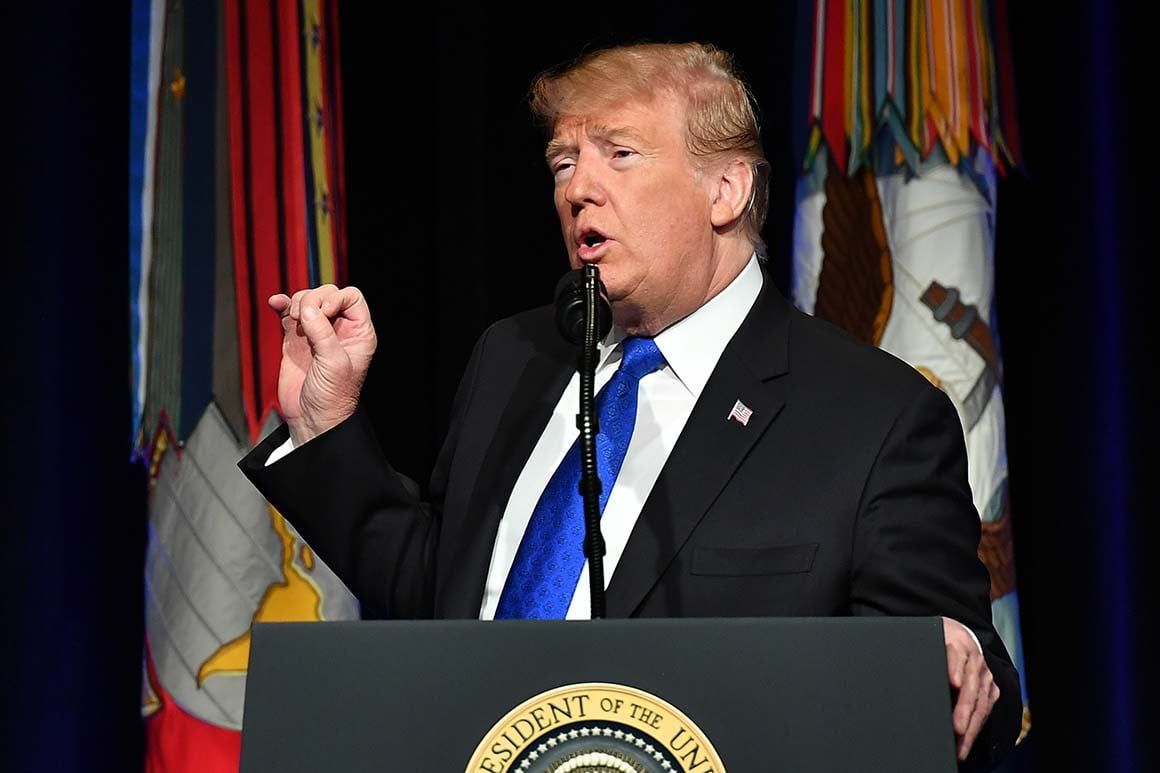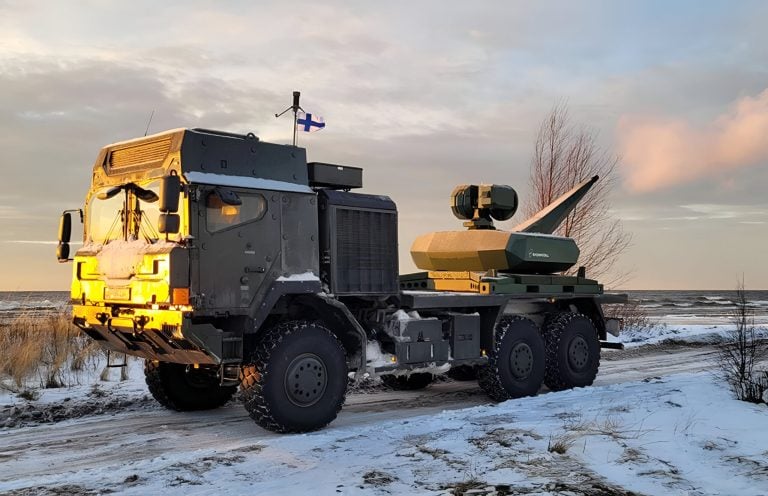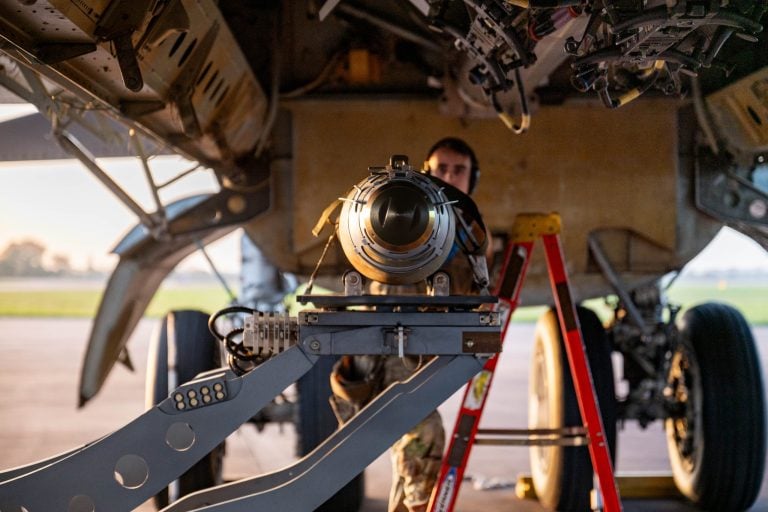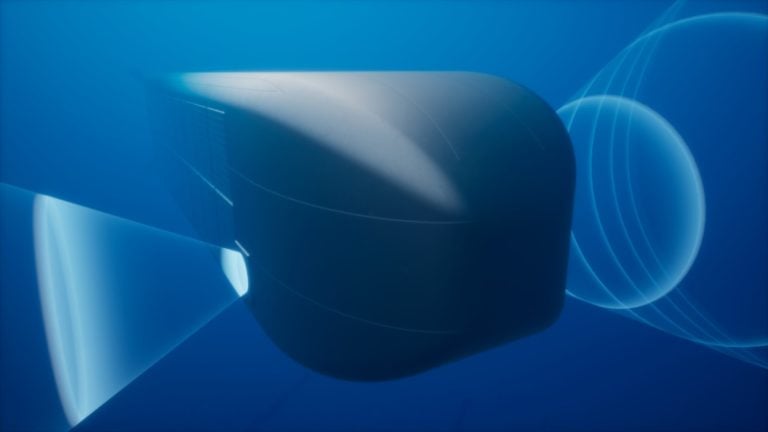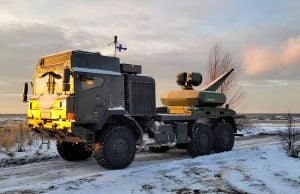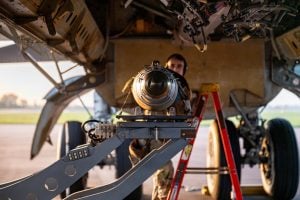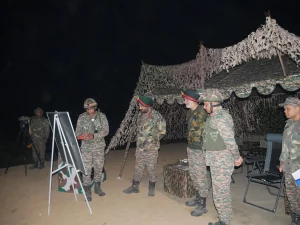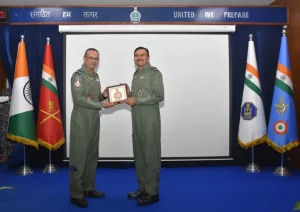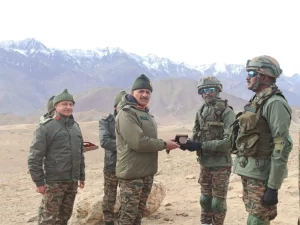US President Donald Trump has drawn sharp global criticism following his recent directive to initiate nuclear weapons testing, a move that reignites concerns over superpower tensions and international security. The announcement, made via social media, came just as Trump was set to meet with Chinese President Xi Jinping in South Korea, further complicating an already sensitive diplomatic landscape.
Key details surrounding the directive remain vague, particularly regarding whether Trump intends to test actual nuclear devices or simply evaluate weapons systems. The last time the United States conducted nuclear test explosions was in 1992, making this announcement particularly significant.
Iran, often cited as a key adversary of the US, responded swiftly, labeling the directive as “regressive and irresponsible.” Iranian Foreign Minister Abbas Araghchi described the US as a “nuclear-armed bully” and criticized its stance on Iran’s peaceful nuclear ambitions.
In Japan, a group representing atomic bomb survivors, Nihon Hidankyo, voiced its opposition through a letter sent to the US embassy, urging a reconsideration of the directive. The organization, which has received a Nobel Peace Prize for its advocacy efforts, asserted that the decision contradicts global initiatives aimed at achieving a world free from nuclear weapons.
China’s response came through Foreign Ministry spokesman Guo Jiakun, who urged the United States to adhere to existing global nuclear testing agreements. Both China and the US have maintained a de facto halt on nuclear warhead testing, though military exercises involving nuclear-capable systems are regularly conducted by Russia and the US.
United Nations Secretary-General Antonio Guterres’s office emphasized that nuclear testing cannot be condoned under any circumstances, reinforcing the long-held international norms against such actions. The United States has been a signatory to the Comprehensive Nuclear-Test-Ban Treaty since 1996, a pact designed to prohibit all atomic explosions.
US Vice President JD Vance defended the need for testing, stating that it is crucial for ensuring the reliability of the nuclear arsenal. He emphasized that the directive is about maintaining national security, though he did not provide specific details about the tests Trump had ordered.
Trump’s announcement surfaced shortly after Russia claimed to have tested nuclear-capable cruise missiles and sea drones. In the wake of Trump’s statement, the Kremlin questioned his awareness of Russia’s military activities, with spokesman Dmitry Peskov clarifying that their recent drills should not be misconstrued as nuclear tests. He suggested that if the US resumes testing, Russia may consider conducting similar exercises.
In a more conciliatory tone, Trump reiterated his interest in negotiating arms reductions with both Russia and China, stating that “denuclearization would be a tremendous thing.”
The history of US nuclear testing is extensive, with 1,054 tests conducted from the first in 1945 until the last one in 1992, which was an underground test in Nevada. Since then, a moratorium on nuclear tests has been upheld by consecutive administrations, shifting focus toward non-nuclear and subcritical experiments that rely on advanced simulations rather than actual detonations.
The implications of Trump’s directive could be far-reaching, raising the stakes in global nuclear discourse and rekindling fears of an arms race among superpowers.
